Through our experiences over the last few years, we at Marketing Attribution Partners (MAP) have received terrific feedback and engagement from our customers. We have also noticed that there are several questions which seemingly every client asks at least once. We elected to provide answers to those questions as part of a series of posts beginning below, and will continue to update our blog with other frequently asked questions as it becomes appropriate.
As always, if you have a specific question or inquiry not answered on our website, please do not hesitate to reach out to us directly by filling out our contact us form or calling us at +1 (617) 984-5220. Thanks for your time and hopefully the blog post below is insightful and helpful.
What Data is Required for an Engagement?
One of the most frequently asked questions we at MAP receive relates to data. We often hear inquiries about what underlying data is necessary to conduct multi-channel conversion modeling (MCM) and often hear concerns that a company would like to pursue an engagement but doesn’t believe they have the necessary data. MAP’s experience suggests that for most clients their data is sufficient and to inform them that we also partner with third-party data sources to offer complementary data or in some cases supplementary data for clients whose data may have gaps. We try and incorporate five categories of data (see below) for best model performance, but not all data sources are required. MAP MCM leverages existing data that has been accumulated over the last 2 to 3 years (although weekly data is preferred, monthly data could also be used). The length is obviously for capturing the longer-term effects. These are typically the five main data sources that are used:
DATA SOURCE ONE: Marketing Support
This generally includes different media (paid, owned, earned) that can be further segmented by messaging, channel, or campaign. There is also the opportunity to include other marketing components such as sponsorship, distribution, and shelving levels, consumer and trade promotion support, as well as pricing.
Marketing activities over time including television, digital, print, radio, and other paid media expenses (both branded, sponsorship, and public relations) as well as owned media (website traffic) and earned media via social sites (Twitter, Facebook, Instagram, Pinterest, etc.) or word of mouth tracking. This data can be in terms of support or spending although spending for all marketing tactics/activities included does need to be provided.
DATA SOURCE TWO: Decomposition of Sales
This generally follows the conceptual model of 1) penetration, 2) transaction or purchase rate, 3) average transaction or purchase size, and 4) average purchase price. These measures can often be sourced or derived from the total population, the number of customers, the number of transactions, the amount of volume, and the total dollar sales.
DATA SOURCE THREE: Environmental Factors
This is typically the major external and uncontrollable factors that influence overall decision making. They include economic factors, legal or political actions, technological changes and natural occurrences. For many clients, the economy, competition and seasonal patterns are huge factors in their performance.
DATA SOURCE FOUR: Customer Decision Journey
This generally follows the conceptual model of awareness, consideration, purchase intent, the actual purchase and user experience, as well as the willingness to recommend.
DATA SOURCE FIVE: Customer Experience
This generally follows the conceptual model of overall satisfaction with the experience after purchase. Simple elements of this could be the perceptions defining value, quality, convenience, or other factors.
In terms of data availability and data sources, MAP has not encountered any clients who do not have access to an entire data source, either internally or through publicly accessible data such as GDP, consumer confidence, or other environmental factors. We have found that it is not a question of quantity of data but rather the quality of it. The level of granularity, particularly with internal metrics, dictates our ability to break the results down into segments or other delineations.
MAP is pleased to offer a no-risk data assessment to alleviate any concerns you might have, simply contact us and a member of our team will be in touch to schedule the meeting.

Recent Comments